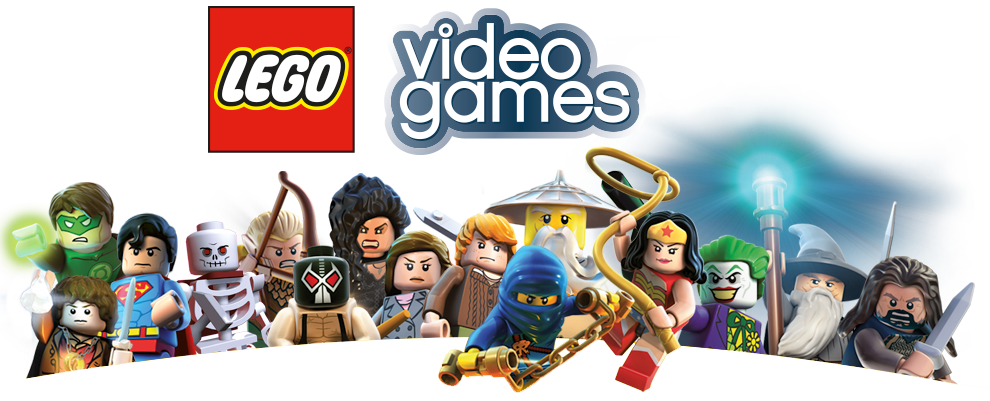In-Game Advertising or Advergaming? What are your best options?
With millions of users playing video games every minute of the day, gaming has undoubtedly become one of the biggest forms of entertainment on the planet. Recent video game sensations include online games such as Apex Legends, with over 50 million registered players, and Fortnite, with 250 million registered players. The popularity and growth of these games poses a significant and lucrative opportunity for advertisers to connect with highly engaged consumers, given the right context.
The gamer’s key demographic, that of the millennial male, is proving increasingly hard to reach via traditional advertising due to a decrease in that age group watching television, listening to the radio, reading newspapers, etc. A potential solution to this? A multi-million dollar industry which promotes high engagement and marries both video games and advertising: In-Game advertising and Advergaming.
In-Game Advertising - a familiar model.
In-game advertising, or IGA, refers to advertising in computer and video games. IGA sees advertisements being integrated within computer/console games and mobile games. This is generally seen by the use of pop-up messages, cut-scenes, on-screen adverts, billboards, and background displays. Virtual spaces are sold for advertising purposes to advertisers, much in the same way space is sold in the real world.
Mobile gaming has been the predominant integrator of this tool, with many pop-up ads, video trailers, and cut-away moments to showcase a piece of advertising. Game developers nowadays are integrating reward-based systems, by rewarding users for engaging with ads (eg: watching a video trailer and receiving in-game currency).

Although mobile gaming is one of the most notorious drivers of the in-game advertising market, computer and console games are just as important. For computer games alone, there were over 1.2 billion active PC gamers in 2018. Some of the most striking video games using in-game advertising include sports-games FIFA and NBA 2K. These methods are usually more subtle than on mobile games, with less visible obstruction and more of a subconscious presence. A sense of familiarity imposes on these types of in-game adverts, as similar to real life sports, the advertising is hosted through pitch-side or court-side digital banners. One of the key benefits of this method is that game interruption from advertisements is minimised, consequently creating a seamless experience for the players. The advertisement does not feel out of place or disruptive, which can consequently generate high-quality impressions.

Even if this variation of in-game advertising can be seamless, this could lead to the issue of being too subtle and not interactive enough to leave a lasting impression. On the other hand, mobile in-game advertisements can be seen as too intrusive and ultimately hinder the player’s experience. This stresses the importance of finding the right balance.
So the question poses itself… Is there a more engaging and effective way of advertising in video games without hindering the overall experience?
Advergaming - producing a brand experience.
Large-scale global brands and advertisers are now working closer with video game companies to produce what is known as ‘Advergaming’. As the name suggests, advergaming is the blend of both advertising and gaming, which is accomplished by advertising products within a given game. This concept has existed for some time already, most notably with the LEGO video game series in which LEGO produced games in conjunction with Marvel, StarWars, Harry Potter, Lord of the Rings, etc. which advertise both LEGO and the film series.

In recent years, dozens of advertisers and video game companies have invested heavily on advergaming campaigns. Rocket League partnered with Hot Wheels a number of times to include some exclusive Hot Wheels cars in the game, with Mattel also producing Rocket League toy cars as part of the collaboration. Fortnite included Marvel super-villain ‘Thanos’ in their video game as a playable character in the Battle Royale mode. In return, Marvel promoted Fortnite in their latest Avengers: End Game film, a film which set worldwide records for the fastest grosses through $2.5 billion. In Mario Kart 8, Nintendo partnered with Mercedes-Benz to include their new GLA SUV as a playable kart… And the list goes on and on!

The growth and interest surrounding advergaming can be due to its more appealing, mesmerising, and engaging nature, ultimately producing a strong brand experience. By using congruity and finding a contextual point for their product to fit within the game, advertisers can use this brand collaboration to tap into target markets with highly relevant profiles. Advergaming will work best when there is synergy between what is being advertised and the video game narrative. This will ensure that the advert does not take away from the primary experience. A positive experience can be created when players play the game, which can then be subconsciously associated with the advertised brand.
Advergaming will, however, come at a high cost and will require heavy investment, generated from developing the game or implementing the advertisement piece in the game. This cost will also depend on how much game development is required to introduce the product. This comes hand in hand with high creative requirements, as the brand needs to find an engaging way of capturing the players and creating a positive experience. Effective integration is essential, as a negative reaction impacts not just the game but the brand itself.
So… which is best?
The real answer will depend on the advertisers’ overall objectives for their product or brand launch. Mobile in-game advertising is open to advertisers of all sizes and has more of a product-selling focus by using, for example, click-through links. It is also a strong choice if the objective is to drive an immediate action from the consumer, such as website visits or app downloads. If the advertiser is looking for pure brand awareness, then in-game advertisements will deliver the objectives within computer or console games. Although in-game advertising in AAA titles will be unattainable for most advertisers, there are dozens of smaller, free-to-play titles which offer the possibility of in-game advertising.
Finally, if the objective is to take a risk by investing in an engaging brand experience that will positively impact brand awareness from the day of launch, then advergaming will be the route to take. This option is highly costly and the advertiser requires a well-established brand that the video game company will want to collaborate with, but advergaming has proven to be extremely rewarding when effectively implemented. It is perhaps an ideal tactic for a brand relaunch, where a new position is sought in the market and a fresh approach to addressing the target audience is believed to be required, or just like the Mario Kart 8 and Mercedes-Benz collaboration, it could be impactful for a global brand launching a new product. Whether brands leverage games or inject their brand into games, marketers need to do it with authenticity, as gamers are extremely critical and a misfire could do more brand damage than good.
References
- https://www.forbes.com/sites/scottmendelson/2019/05/12/box-office-avengers-endgame-avatar-force-awakens-pikachu-pokemon-warcraft-shazam/#551853d33e0d
- http://digitalmarketingmagazine.co.uk/digital-marketing-features/understanding-the-millennial
- https://www.esquire.com/lifestyle/a26897209/fortnite-250-million-players-apex-legends-competition/
- https://www.statista.com/statistics/748093/number-console-gamers-world-platform/
- https://trendjackers.com/the-past-present-future-of-advertising-within-video-games/
- https://gaimin.io/how-many-gamers-are-there/

By Adrien Abbruzzino
Digital Producer, UK
